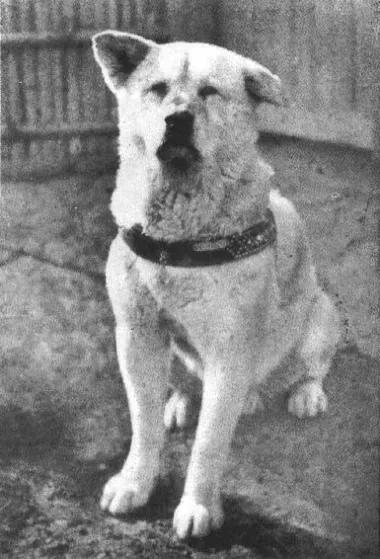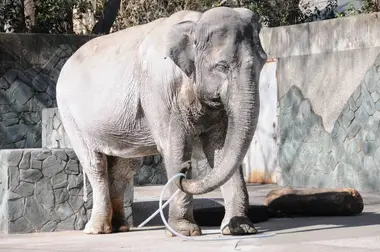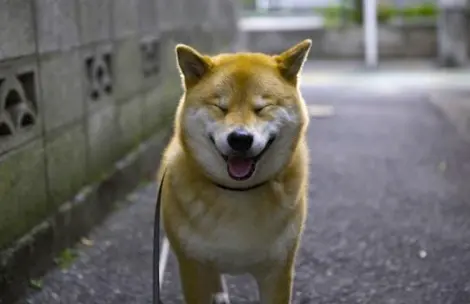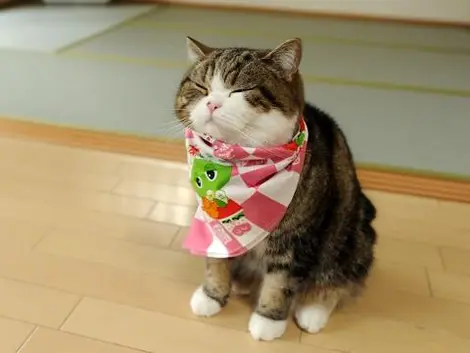Top 8 of the most famous animals of Japan
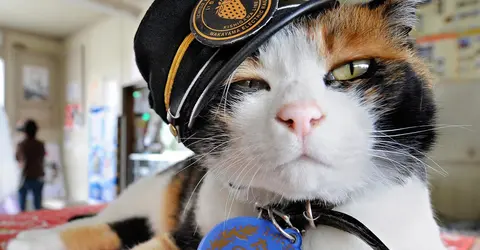
Tama-chan
Independent
Discovering the four-legged stars of the Japanese archipelago
Whether it's the deer of Nara or the rabbits of Okunoshima Island, animals have always been part of the Japanese tourist landscape. They attract crowds with their cuteness or their remarkable actions, and are sometimes even elevated to the rank of true local stars! In particular, some very particular animals, whose names are now known to a large part of the archipelago.
1 . Hachiko, the faithful dog
With several statues bearing his likeness in Japan and two films that moved the world, Hachiko is certainly the most famous animal in Japan. Died in 1935 in Shibuya after having waited every day for his master (deceased a few years earlier at work) in front of the station, Hachiko is still today the very personification of the faithful dog.
His story has touched generations of Tokyoites, and his popularity has never dried up to the point that the Hachiko is now the mascot of the neighborhood he grew up in!
- Read also: Hachikô, faithful dog
2. Tama, the station master cat
It is well known that one station story can always hide another. Located several kilometers from Tokyo, Kishi station in Kinokawa ( Wakayama prefecture ) also has its mascot: Tama, a little tortoiseshell cat that the chief of local station collected in 2006.
Installed at the reception of the station by her rescuer, Tama immediately won the hearts of travelers on the Kishigawa line! She thus increased attendance at the small station by 17% in one year, and her “work” was recognized by all in 2007 when she became “station master” in place of her benefactor.
- Read also: Taking the train in Japan
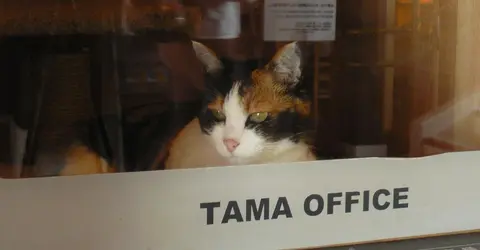
Tama: the station master behind the glass of his office at Kishi Station
as365n2, Flickr
Adored by the people of Kinokawa, her death in 2015 (at the age of 18) deeply saddened the locality. This is why, following her funeral with great pomp (3,000 people all the same) in the city where she saw her, Tama was promoted to "perpetual station master" of Kishi station and "protector deity of the station ".
In 2010, Nitama (or Tama II), a small calico cat, succeeded him at the head of Kishi station.
- Discover the story of Tama, the stationmaster cat
3. Xiang Xiang, Ueno's baby panda
In Tokyo, Xiang Xiang is a pretty panda who has been attracting crowds to Ueno Zoo since he was born in June 2017. Stuffed animals bearing his likeness rain down the paths of the park, and the qualifiers cute do not fail to fuse around his enclosure. when she climbs trees or delights in a piece of bamboo.
A true mascot of the Ueno district, Xiang Xiang is very popular with the Japanese who saw him grow up. And his return to China scheduled for 2020 will surely leave a big void in the hearts of zoo regulars.
4. Hanako, the oldest elephant in Japan
Born in 1947 in Thailand, Hanako arrived in Japan in 1949, making her the first elephant imported to the archipelago since the end of the Second World War!
Initially domiciled at the Ueno Zoo, the elephant resided for several years at the zoo in Inokashira Park near Kichijoji station (Tokyo). She remained Japan's oldest elephant until she died in 2016, and her status as the oldest gave her a special place in the hearts of the Japanese.
5. Maru, the smiling dog
A true Instagram star, Maru is a cheerful ten-year-old Shiba-inu who lives a stone's throw from Nezu Station in Tokyo. Its particularity? Her killer smile!
Whether cosplaying or simply on the go, Maru always wears a happy look with his squinted eyes and wet little muzzle. He is the emblem of ''kawaii" on the internet, and today has more than 2.5 million followers on his Instagram account!
6. Maru, the blogging cat
Blogger, Youtuber, and Instagram star, Maru is the media king of the 21st century. With several million subscribers on his social networks and two or three pictures sold to the New York Times, this pretty 12-year-old Scottish is one of the most popular cats in Japan! His videos average more than 800,000 views, and his DVDs sold like hot cakes in 2009 and 2011!
7. Haru Urara, The Racetrack Underdog
With more than 113 races where she finished last, Haru Urara ("Glorious Spring") holds the world record for defeats on a racetrack. This now-retired mare started racing in 1998 in Kochi Prefecture without ever giving up on her dream of one day winning a medal. Although this dream was never achieved, the mare always came first in the hearts of the Japanese who see her as a true symbol of the Japanese fighting spirit (the ganbaru ). Aged 29, Haru Urara is now living happy days in Chiba Prefecture.
- Read also: The horse in Japan
8. Ken-chan and Go-chan, the Onomichi Museum Cats
" Reckless" is surely the qualifier that best characterizes Ken-chan and Go-chan.
A regular at the Onomichi Art Museum since 2016, Ken-chan, whose owners run a restaurant close to the museum, has only one obsession: to enter it! Which the guards of the museum refuse him...
Accompanied for a few years now by his friend Go-chan, a big red tom whose circumstances of their meeting remain obscure, Ken-chan nevertheless continues to come regularly to the museum. A habit that amuses the guards, who have even created a Twitter account in honor of these two four-legged art lovers!
- Also discover: The Top 10 museums in Japan
